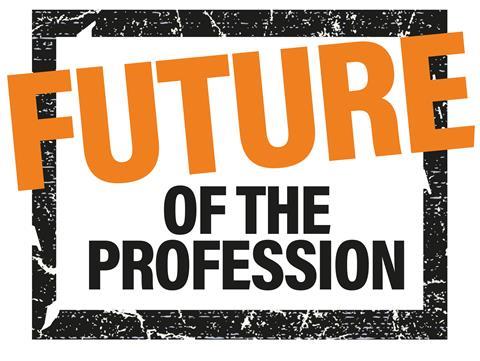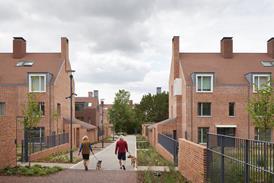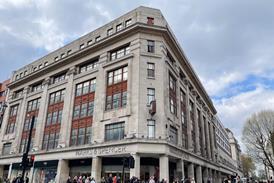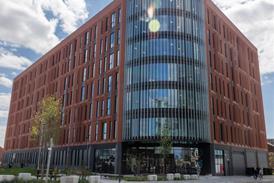While large parts of the profession remain resistant to change, there are still plenty of reasons to remain optimistic, writes Ayo Abbas

Podcasts, social media and news stories don’t paint a very good picture of architecture as a profession, with architects openly sharing their negative experiences of the workplace.
From arguments about the protection of the title of ‘architect’ and the poor treatment of younger architects, to ‘me too’ moments making international headline news and the exploitation of staff requiring visas, these narratives paint a picture of architectural practices run as personal fiefdoms, with practice principals’ egos seemingly out of control. Meanwhile, employees toe the line, afraid of challenging the status quo.
Excessive hours with poor pay and minimal benefits while working in toxic environments takes a negative toll on mental health and personal lives. This is compounded by a culture of false promises and false hope that conditions will improve.
Given this is how the industry is publicly talked about, with few in the profession seeming to offer any solutions, is architecture imploding? By doing nothing, or with very little apparent acknowledgement of the urgent change that is required, the architecture industry is losing ground to other professions and industries.
New talent will be lost, and existing employees will leave the profession, moving to new sectors where their design skills and years of experience are highly valued and renumerated. Workloads and margins will continue to fall, as witnessed in the latest RIBA Future Trends Research from January, recording the longest run of pessimism about future workloads since the study started in 2009.
What can be done to improve conditions for existing and future employees?
Architecture is perhaps a victim of its structure. A minimum of seven years’ education and training before qualification, makes it an extremely expensive career path, one that means it is too often dominated by those from affluent backgrounds, propped up by self-perpetuating family and business networks.
There are still many reasons to be hopeful
A desire to protect the status quo may be to blame for the lack of interest in finding solutions in some quarters.
As a marketing consultant working within the built environment, I see first-hand how there is a segment of the architecture profession that openly resists change. This is especially the case if change is driven by people from outside of the profession. Instead, there needs to be an acknowledgement that the best workplace and business practices are happening elsewhere, and that they are something to be learned from.

The industry needs visible leadership addressing these underlying issues to herald change, otherwise the scandals and exposés do little more than serve to warn people off a career in the profession.
Strong leadership means clear commitments to stamp out archaic behaviours - top-down strategies that are adequately funded and resourced by experienced staff, with progress towards improvement measured, monitored and shared.
There is hope, with increasing signs of a rise in grassroots activism where employees who’ve had enough are mobilising themselves to warn others, secure better working conditions and challenge the status quo.
RIBA’s current president Muyiwa Oki is the youngest and first Black person to hold the position, and he rose to prominence on the back of an energetic campaign based on architects being agents of change and representing the voice of the disenfranchised and underrepresented. In 2022, employees of Bernheimer Architecture, a New York-based firm, formed their own union to campaign for better pay and working conditions.
Associations like RIBA and the AIA must do more to stamp out poor employment practices. When a firm is exposed for mistreating its staff, there must be a proper investigation and where appropriate, legal action. Training and monitored improvement plans should be put in place to improve working practices for all and make the profession fairer, more equal and fit for purpose.
But don’t get me wrong, it’s not all doom and gloom. There are still many reasons to be hopeful and I’ve had the pleasure of working with many architecture firms, industry groups and specialist consultants who are passionate about making the profession a fairer, more equitable space which is balanced and representative of society. Most importantly, they are committed to making the necessary changes happen.
> Also read: Is the profession of architecture broken?
Postscript
Ayo Abbas is a built environment marketing consultant and director of Abbas Marketing
















8 Readers' comments